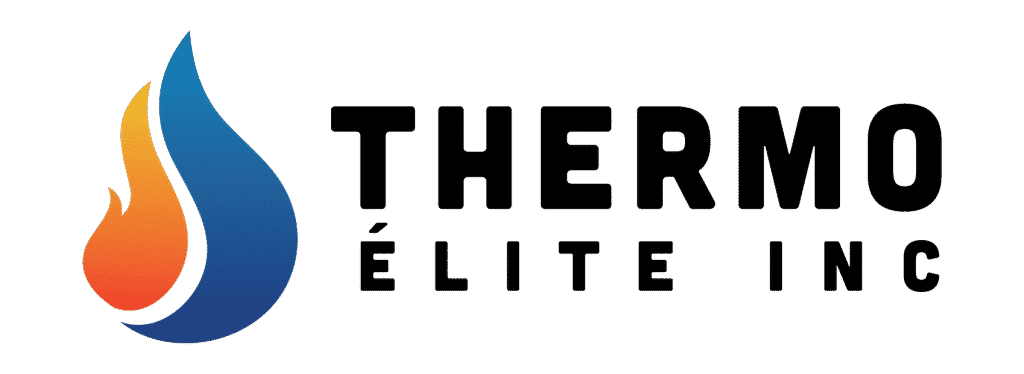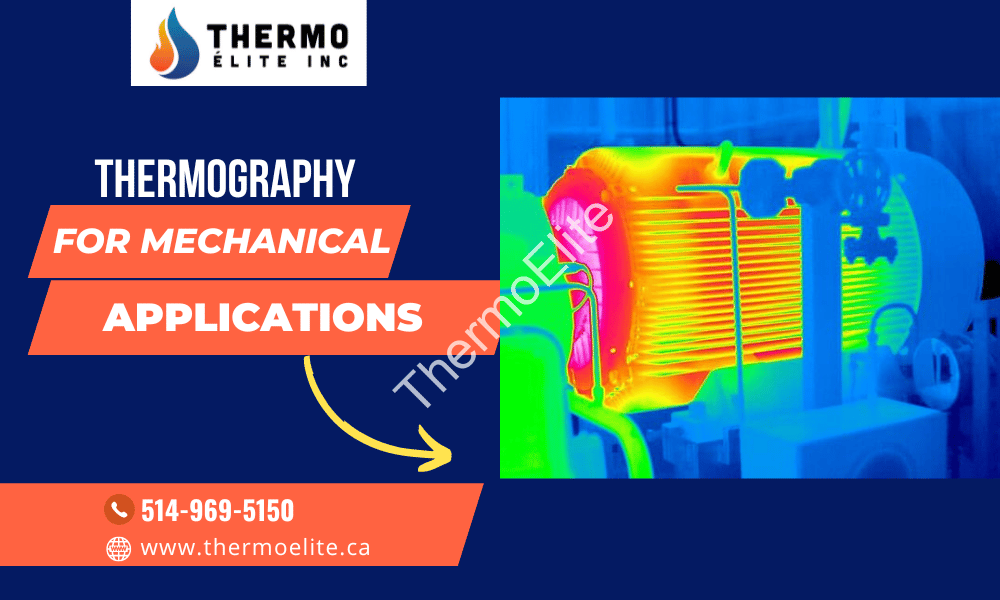The use of thermal imagers for detecting infrared radiation an object emits is called infrared thermography. With this technology, operators can validate the normal operations of machinery and equipment. What’s more important is that with this technology, thermal anomalies can be located that are a possible indication of inefficiencies, defects, or faults that may exist in a machine asset or within a system.
Examples of Infrared Technology Applications in Industrial Situations
The detection of heat emission from objects makes it possible to use thermal imaging technology for various industrial applications. Let’s look into them.
- Fluid Systems: Blockages in lines, pipe temperatures, or tank levels
- Low-Slope Roofs: Locating moisture in roof insulation
- Electrical Systems: Faults in electrical connections or circuits being overloaded
- Building Applications: Detection of missing insulation, infiltration of air, or damage caused by moisture
- Mechanical Equipment: the abnormal rise of temperature in motors or any bearing failures
Interpretation of Thermal Images and Inspection of Mechanical Equipment
It’s relatively easy to use infrared imaging systems. However, the interpretation of the images these imaging systems take involves many challenges and it happens to be a very complex process. If personnel is given proper training and after they gain experience, deeply analytical information can be obtained using infrared cameras. This information can be used by the personnel involved in maintenance for more effective monitoring of equipment and also for improving the condition of mechanical equipment.
You’ll need certain favorable conditions when you use infrared to inspect mechanical equipment. The thermographer should be fully aware of how capable the infrared camera is and what its limitations are. He should also possess deep knowledge of the basics of radiometry and heat transfer. He should also be well aware of how the mechanical equipment in question operates. It’s essential to have proper training before meaningful and successful use of infrared imaging technology.
Motors, refractory, steam traps, rotating equipment, tank levels, and more—a wide variety of systems are covered when using infrared thermography while inspecting mechanical equipment. To gauge the health of the asset, overall thermal patterns are compared. The emphasis on absolute temperatures is avoided during most inspections.
Use of Thermal Maps
The infrared camera captures a particular equipment type’s overall “thermal map” during the baseline inspection. Subsequent inspections are carried out whose results are compared to the thermal map created originally for detailing the changes. This is how infrared technology can be used to add value to maintenance programs.
Thermal maps help locate where anomalies exist in mechanical equipment. The images on these maps indicate faults in equipment by showing them in different colors. A fault in mechanical equipment manifests itself in the form of heat emission. The rise in temperature caused by the escaping heat is indicated in the brighter colors, red, orange, and yellow. These zones in brighter colors are to be differentiated from those in darker colors, dark blue/black or purple to locate faults existing in the mechanical equipment.
Areas Where Infrared Technology Is Used for Mechanical Equipment Inspection
Monitoring the electrical and mechanical conditions of a motor can be done using various methods. The benefit of thermal imaging lies in it having proved itself as a smart and quick tool for screening. High electrical resistance, reduction of cooling air or fluids, excessive friction, or problems in the flow of current in a motor are some of the many ways heat is created. Abnormal thermal signatures in an infrared image indicate the existence of any fault.
A detectable vibration signature may be preceded by abnormal heating, like what we see in misaligned couplings. If not given due attention, the issue worsens and it may damage the entire motor bearing. Detection of such faults can be done using thermography. There may be thermal patterns associated with myriad issues linked to the electrical system of the motor. There may be a rise in the motor’s overall temperature as well as the motor housing caused by insulation on the motor winding breaking down. Often, the winding insulation also fails when there’s a blockage in the pathways of cool airflow.
You may also monitor temperatures of rotating kilns, boilers, or furnaces and other such high-temperature refractory insulation using thermography. In these cases, the thermal images are used for monitoring the insulation condition or calculating the remaining refractory thickness. The value of monitoring of this type can’t be understated as it helps facilitate the planning of maintenance outages so that an expensive and unplanned failure can be avoided.
You may also inspect bearings using infrared thermography. The bearing’s surface temperature rises when there’s abnormal friction within it causing heat generation. The thermal signature thus formed indicates simply a bad bearing or under or over-lubrication, poor maintenance, or any other problems. You can also use infrared technology for the inspection of overhead conveyors or idlers and other low-speed equipment fast and efficiently.
You can inspect steam traps using infrared thermography and make considerable savings. Infrared cameras can locate trap failures that are stuck and left open. Infrared inspections are an easy and convenient way to detect these faults and the tests may be carried out even by holding the device at a considerable distance from the object.
Steam traps working properly will show a large difference in temperatures between their condensate and steam sides. As the trap cycles, you’ll notice the temperature difference disappear temporarily. Both sides of the trap being warm are an indication of that trap having failed to open, a potentially very expensive matter to deal with.
Conclusion
These days there’s a wide spread use of thermal imaging to detect faults in mechanical equipment courtesy of its affordability, efficiency, and ease of use. Differences in temperatures caused by escaping heat are captured by thermal imaging cameras. These are presented in the form of thermal images that help detect spots in mechanical equipment where faults exist. There are many applications of thermal imaging for mechanical equipment. All that is needed is a proper interpretation of the thermal maps for taking correct remedial action.



Add Comment